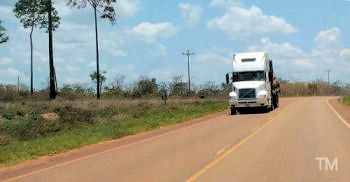THE
NEW AMAZONIA | ||||||||||||||||||||||||
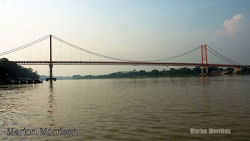 | A
Bridge too far ? | |||||||||||||||||||||||
| Tony Morrison remembers "Plans for a road linking the Pacific and the Atlantic across the heart of South America have been talked about for years. When we were in Peru in the early 1960s at least two routes were on the table and both had pros and cons. Now it has been done and the 700+ metre bridge across the River Madre de Dios, opened in late 2011 has completed the first road link between Peru and Brasil " | ||||||||||||||||||||||||
| ||||||||||||||||||||||||
| ||||||||||||||||||||||||
" In 1969 we were based in Lima, Peru making a films for BBC TV. The Manú had just been recognised by Ian Grimwood, Wildlife Adviser to the Peru government, as the most untouched of the rivers in the Peruvian Amazon forest and we were the first TV journalists to know. Cusco.... the Journey to reach the Manú river took us over the Andes Mountains to Cusco the old Inca capital. From Cusco two routes led eastwards over snow-capped ranges to the Amazon lowlands via Paucartambo and another via Urcos to Quince Mil. Both routes were rough. We drove our Land Rover to Paucartambo, then to the very small settlement of Pilcopata and the river Alto Madre de Dios near Shintuya. Roads penetrating the Amazon were in the Peruvian news and there was a proposal to extend the Shintuya road to the mouth of the Manú and then northwest through the forest to Iñapari at the Brasilian border. Progess Notes of alarm were raised as the road to Shintuya would open the way for easy access to the Manú. But road building meant progress so machinery and bridges to cross small rivers were moved in. For a few years Shintuya bustled. Meanwhile the other route via Quince Mil was improved and Puerto Maldonado grew so the Manú route to Iñapari was dropped." By the late 1970's the route to Brasil was settled and a suspension bridge to cross the Madre de Dios river at Puerto Maldonado was built in Austria by the world famous engineering company Waagner Biro. The parts were shipped to Peru. Once erected the bridge would cross the river to a dirt road leading almost due north to Iñapari where it would cross another river - the Acre - on the Brasilian border. But the bridge languished in a warehouse for twenty five years. | ||||||||||||||||||||||||
| ||||||||||||||||||||||||
| ||||||||||||||||||||||||
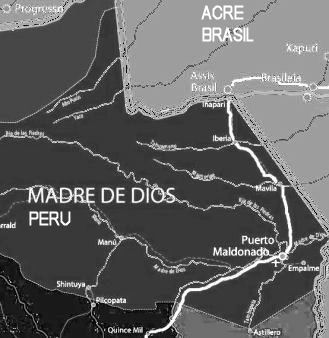
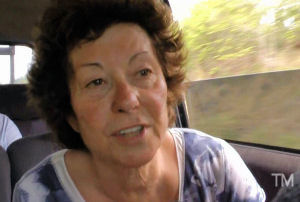
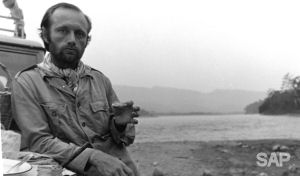
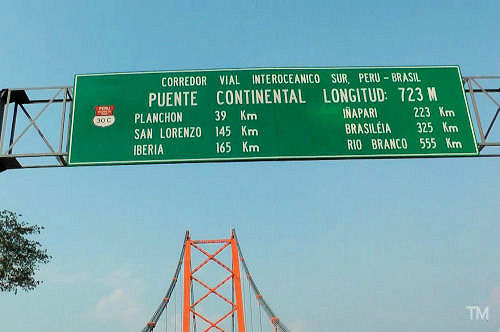
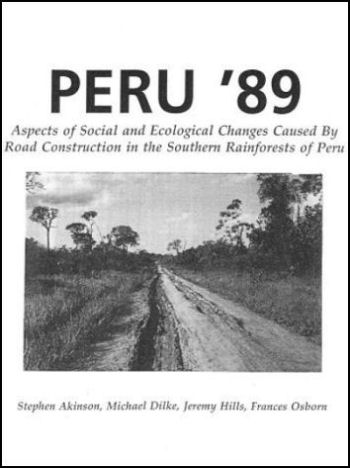
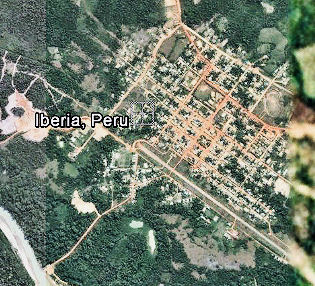 The
opening up of this part of Peru dates back to the late 19th Century especially
in the northern sector around the present day Iberia and the border region. In
those days it was a centre for the extraction of rubber latex from native forest
trees. Rivers such as the Tahuamanú and the Acre were well-known but access
was usually by boat from the lower reaches. Contact was not with the rest of Peru
but with Europe or the United States via the rivers and the Atlantic. All that
changed with the collapse of the Amazon Rubber Boom after 1912 and the region
began to look westwards.
The
opening up of this part of Peru dates back to the late 19th Century especially
in the northern sector around the present day Iberia and the border region. In
those days it was a centre for the extraction of rubber latex from native forest
trees. Rivers such as the Tahuamanú and the Acre were well-known but access
was usually by boat from the lower reaches. Contact was not with the rest of Peru
but with Europe or the United States via the rivers and the Atlantic. All that
changed with the collapse of the Amazon Rubber Boom after 1912 and the region
began to look westwards.